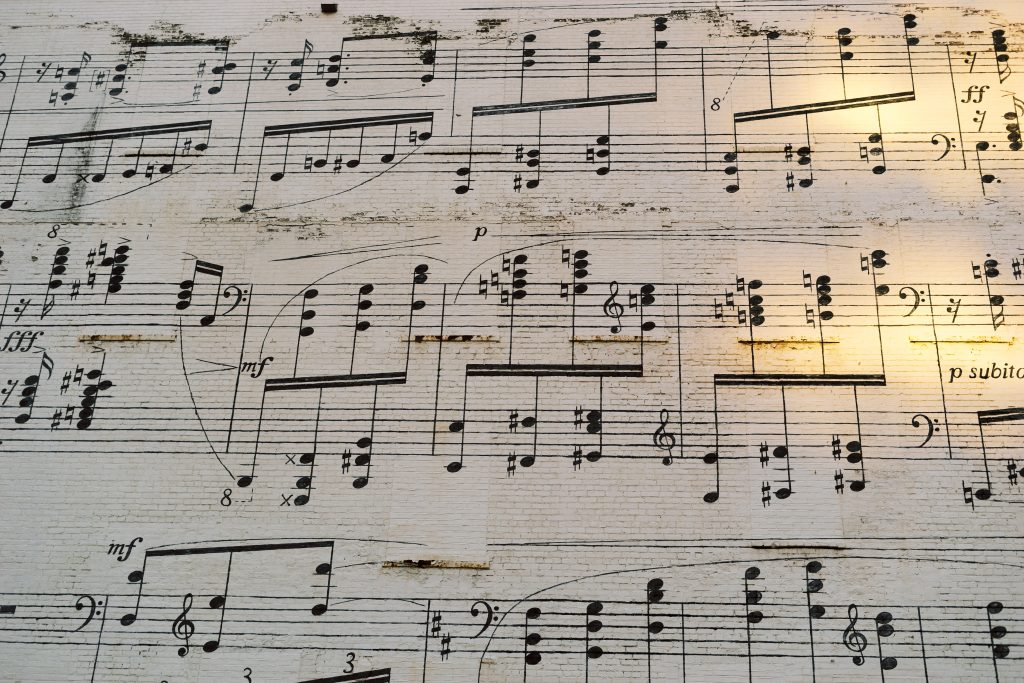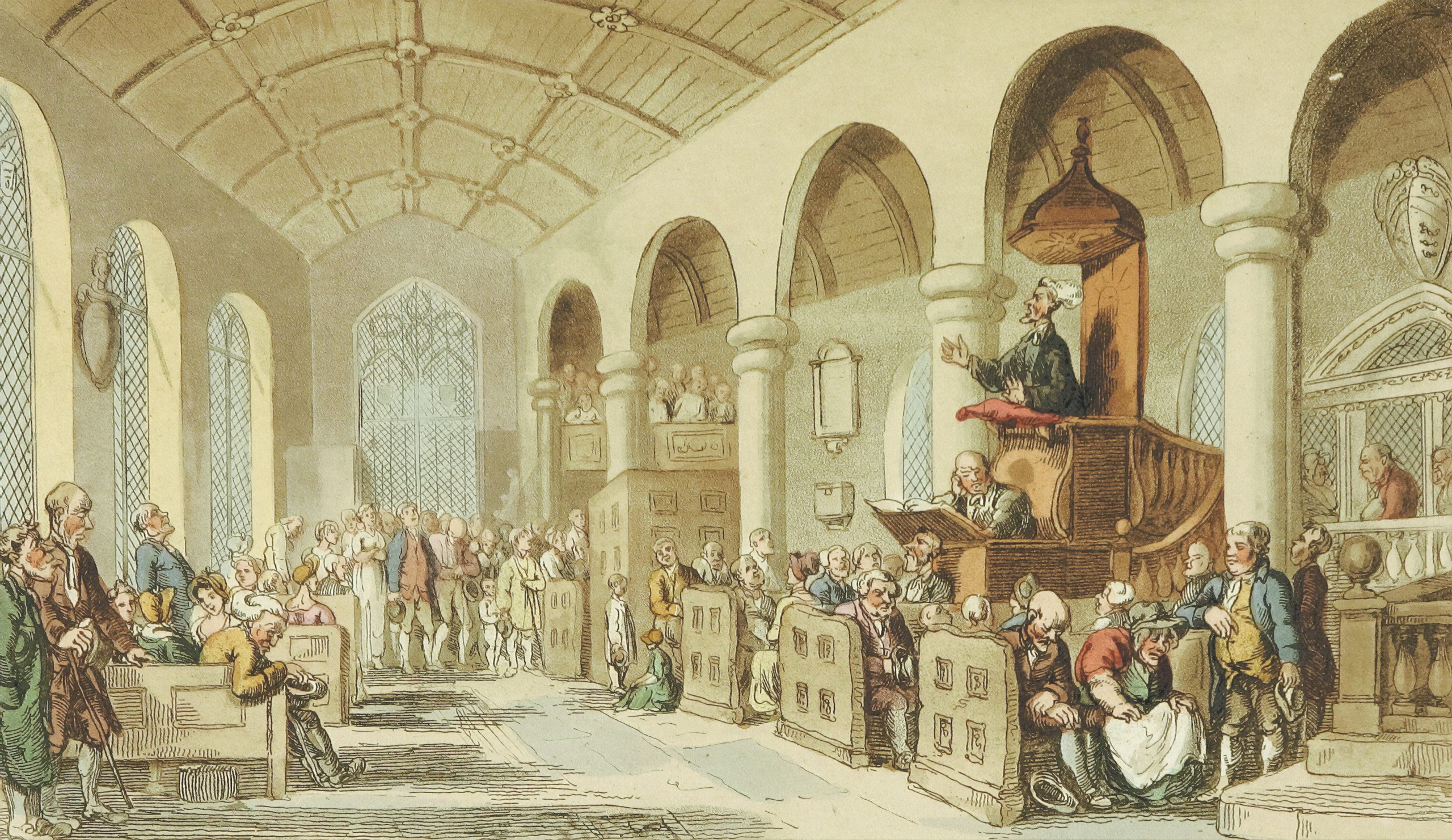The journey to uncover the origins of Solfeggio Frequencies takes us back to the intriguing history of music theory and spiritual practices. Guido d’Arezzo, a revered Benedictine monk of the 11th century, plays a pivotal role in the narrative of how these frequencies came to light. A polymath in his own right, d’Arezzo was not only a composer but also a music theorist who revolutionized musical notation. His quest to teach students the art of singing in tune led him to a remarkable discovery that would shape the course of musical and spiritual history.

Guido d’Arezzo’s innovative approach was rooted in the pedagogical necessity of providing his students with mnemonic aids for remembering musical notes. It was his observation that certain syllables, namely “ut,” “re,” “mi,” “fa,” “sol,” and “la,” not only facilitated memorization but could also be attributed specific frequencies. This connection between syllables and frequencies formed the basis of what we now recognize as the Solfeggio scale.
Throughout the centuries, Solfeggio Frequencies found their place in religious music, particularly within the sacred chants of the Gregorian tradition. These frequencies were woven into the fabric of these chants, imbuing them with a unique resonance that was believed to have a profound impact on the spiritual and physical realms. The belief in the healing potential of these frequencies was held in high regard, with claims of their ability to induce relaxation, balance energy, and even promote well-being.

In more recent times, the resurgence of interest in Solfeggio Frequencies was catalyzed by Dr. Joseph Puleo’s pioneering research in the 1970s. Puleo’s work introduced a mathematical approach to understanding these frequencies, unveiling their potential for realigning the body’s energies and fostering healing. Through the application of numeral reduction, he identified six key tones within the Solfeggio scale that resonated with distinct healing properties. This breakthrough ignited a renewed scientific exploration into the potential effects of Solfeggio Frequencies on both the psyche and physiology.

Intriguingly, the interplay between music and human well-being deepened with the revelation of the connection between sound frequencies and DNA. In 1988, biochemist Dr. Glen Rein conducted groundbreaking experiments that highlighted the impact of different music genres on human DNA. His findings showcased the positive effects of Gregorian and Sanskrit chants, as well as classical music, by enhancing UV light absorption in DNA. This revelation validated the ancient belief in the healing power of sound, while also paving the way for contemporary scientific investigations into the holistic effects of Solfeggio Frequencies on the body.

In conclusion, the story of Solfeggio Frequencies intertwines the realms of music theory, spiritual practices, and scientific inquiry. From the innovative teachings of Guido d’Arezzo to the modern explorations of Dr. Joseph Puleo and Dr. Glen Rein, the journey of these frequencies reflects the enduring human quest to understand the intricate relationship between sound, spirituality, and the well-being of the body and mind. As ongoing research continues to unveil the potential benefits of Solfeggio Frequencies, they stand as a testament to the harmonizing power of sound across time and cultures.
